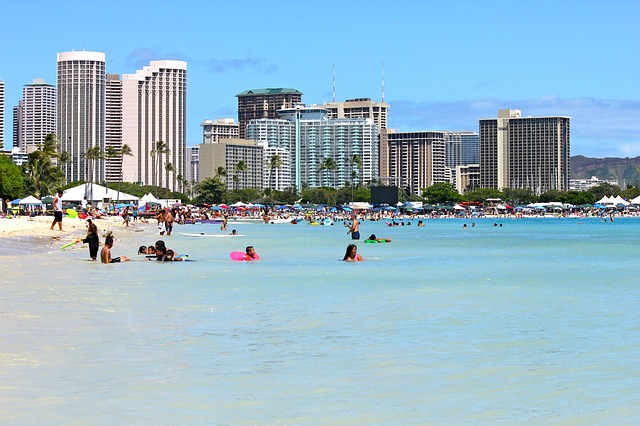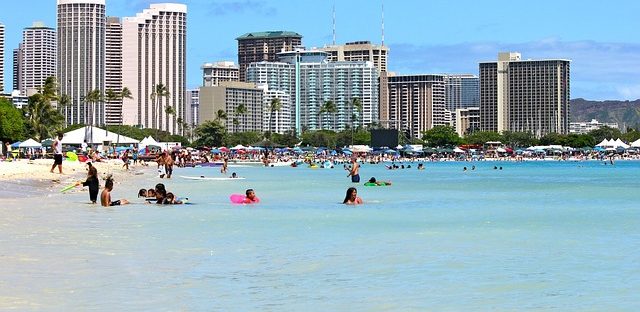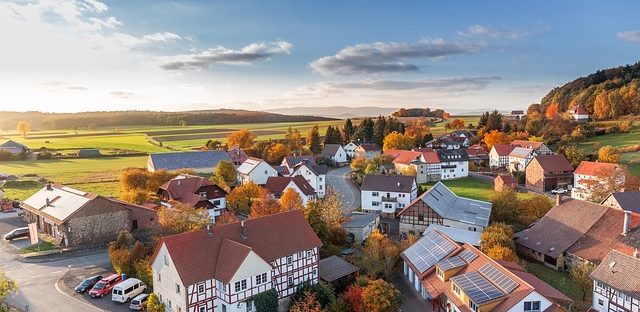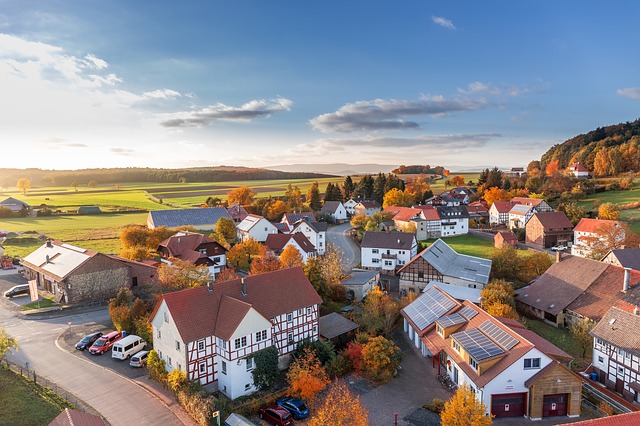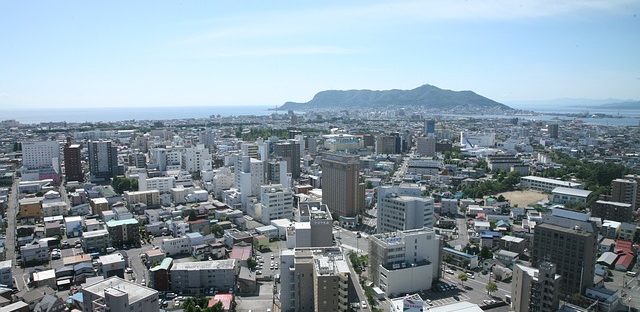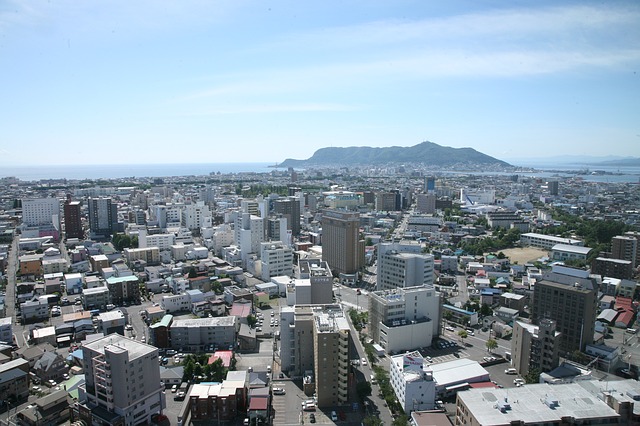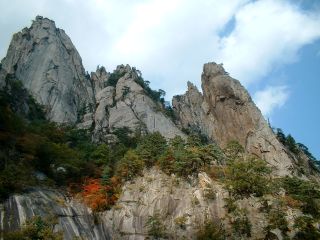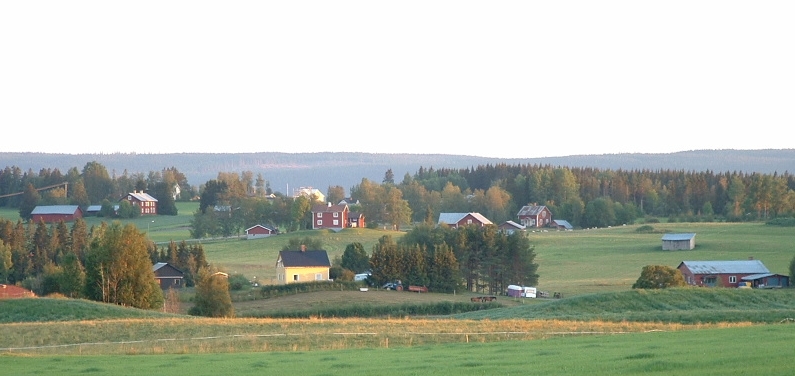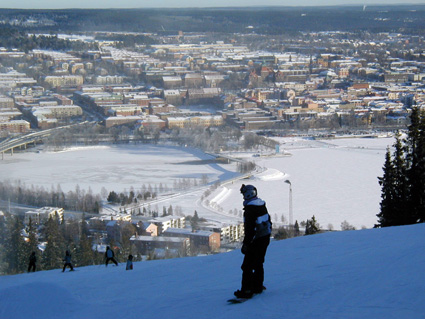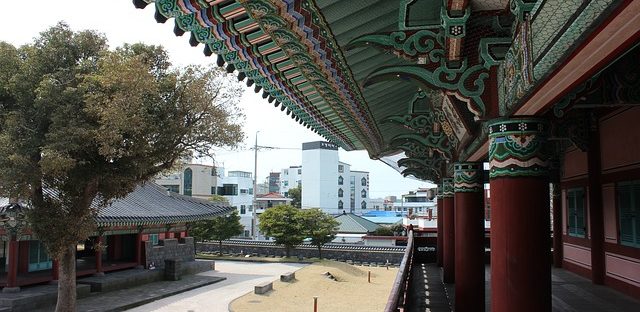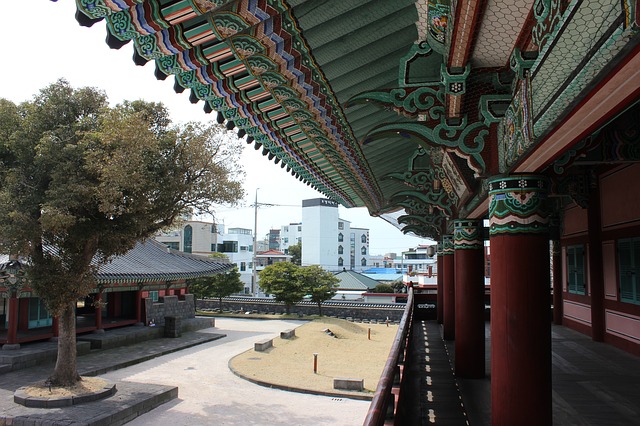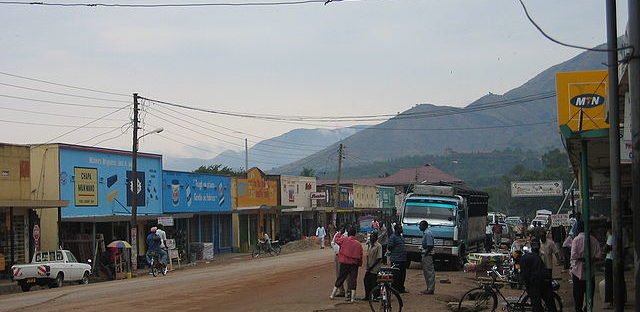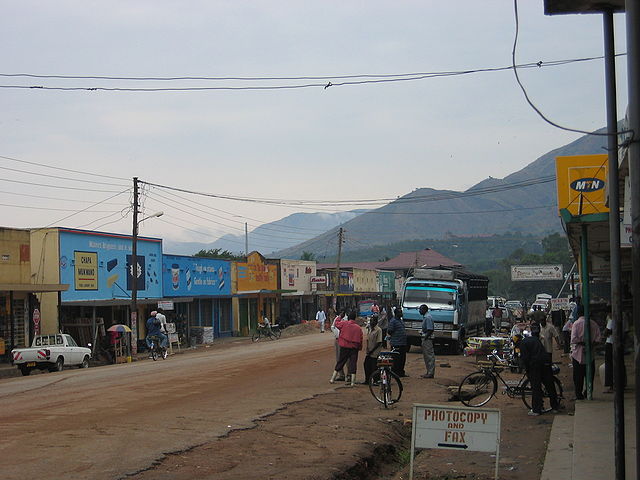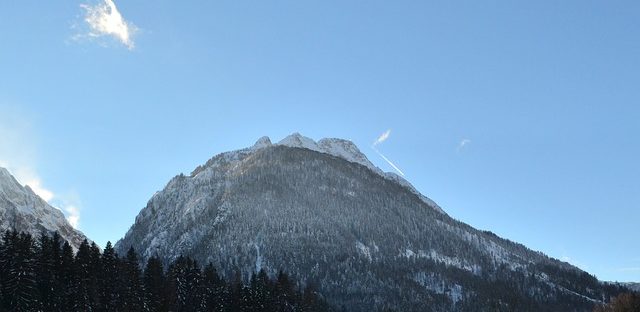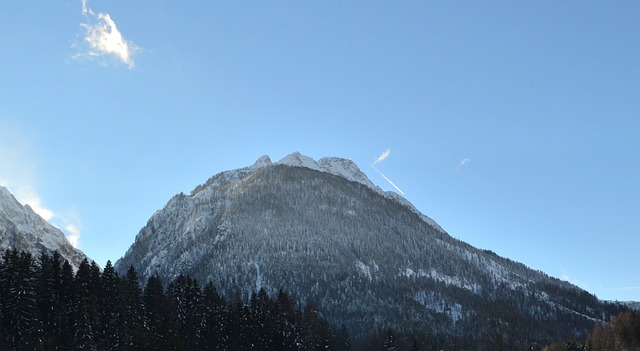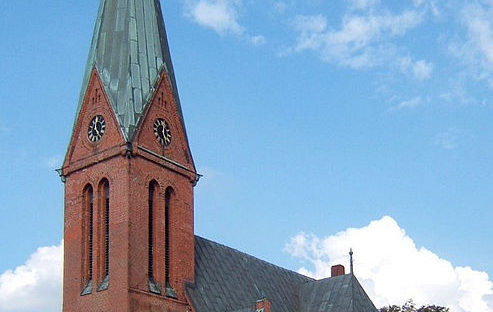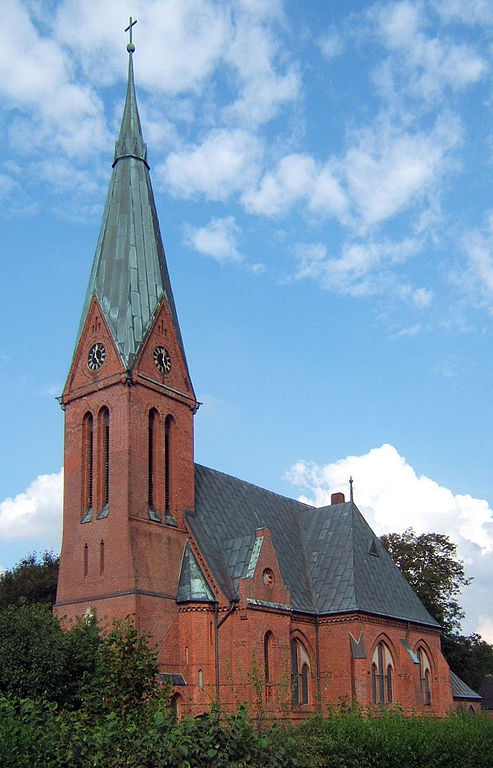- Target: 100% RE by 2045 in the electricity sector, with several interim benchmarks.
- Status: In progress
- RES: Solar power and wind power.
- Implementation: In 2012, Hawaii was importing 93% of the energy it consumed and in 2013, the state had the highest electricity prices in the nation, more than three times higher than the average electricity price in the mainland states. In 2012, 71% of the electricity produced in the Hawaii was generated with oil, and in 2012 only 18% with renewable energy sources. By 2014, cost competitiveness of renewable energy technology was driving considerable increase in renewable energy uptake on the Hawaii islands. According to the US EIA, wind is estimated to be able to deliver electricity at a price of 7 ¢/kWh, similarly geothermal at approximately 10 ¢/kWh and utility scale solar PV at approximately 16 ¢/kWh. This is compared to the price of oil-generated electricity which was averaging 34 ¢/kWh in 2014. From 2007 to 2013, solar power generation across the islands went from 8 GWh in 2007 to 404 GWh, while wind power generation more than doubled. In 2015, a joint House-Senate committee in Hawaii agreed on House Bill 623 to set a 100% RE target and became the first US state to commit to this goal. In May of that year, Hawaii’s state legislature committed that the target be reached by 2045, with an interim goals of 30 % RE by 2020, 40 % RE by 2030, and 70 % RE by 2040. (Hawaii's renewable energy plan builds on earlier energy policy frameworks established in 2009, which set two definitive targets: cover 40% of the island needs for electricity only with renewable energy sources by 2030, and at the same time reduce electricity consumption by 30% by implementing Energy Efficiency Portfolio Standards.)
- Population: 1,427,538 (2017)
- Area: 10,931 sq mi (28,311 km2)
- Link: http://www.transverter.com/REACH7.pdf
